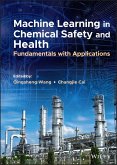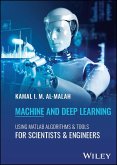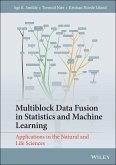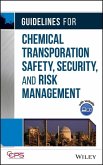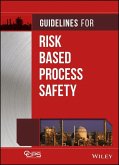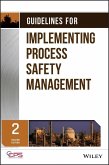Introduces Machine Learning Techniques and Tools and Provides Guidance on How to Implement Machine Learning Into Chemical Safety and Health-related Model Development There is a growing interest in the application of machine learning algorithms in chemical safety and health-related model development, with applications in areas including property and toxicity prediction, consequence prediction, and fault detection. This book is the first to review the current status of machine learning implementation in chemical safety and health research and to provide guidance for implementing machine learning techniques and algorithms into chemical safety and health research. Written by an international team of authors and edited by renowned experts in the areas of process safety and occupational and environmental health, sample topics covered within the work include: * An introduction to the fundamentals of machine learning, including regression, classification and cross-validation, and an overview of software and tools * Detailed reviews of various applications in the areas of chemical safety and health, including flammability prediction, consequence prediction, asset integrity management, predictive nanotoxicity and environmental exposure assessment, and more * Perspective on the possible future development of this field Machine Learning in Chemical Safety and Health serves as an essential guide on both the fundamentals and applications of machine learning for industry professionals and researchers in the fields of process safety, chemical safety, occupational and environmental health, and industrial hygiene.
Dieser Download kann aus rechtlichen Gründen nur mit Rechnungsadresse in A, B, BG, CY, CZ, D, DK, EW, E, FIN, F, GR, HR, H, IRL, I, LT, L, LR, M, NL, PL, P, R, S, SLO, SK ausgeliefert werden.



